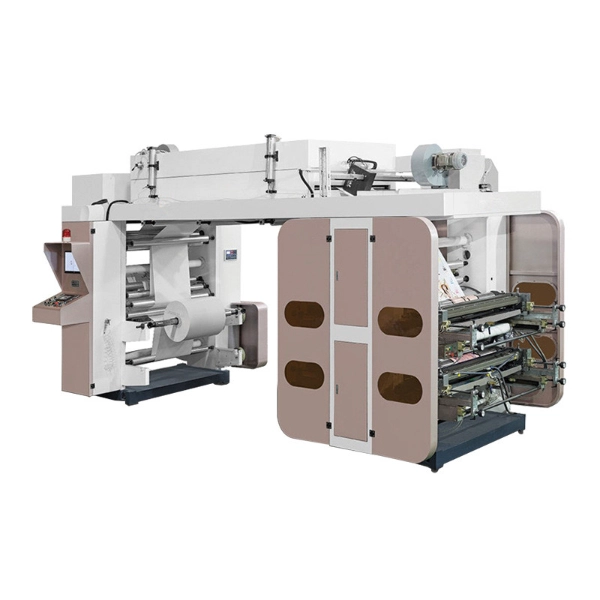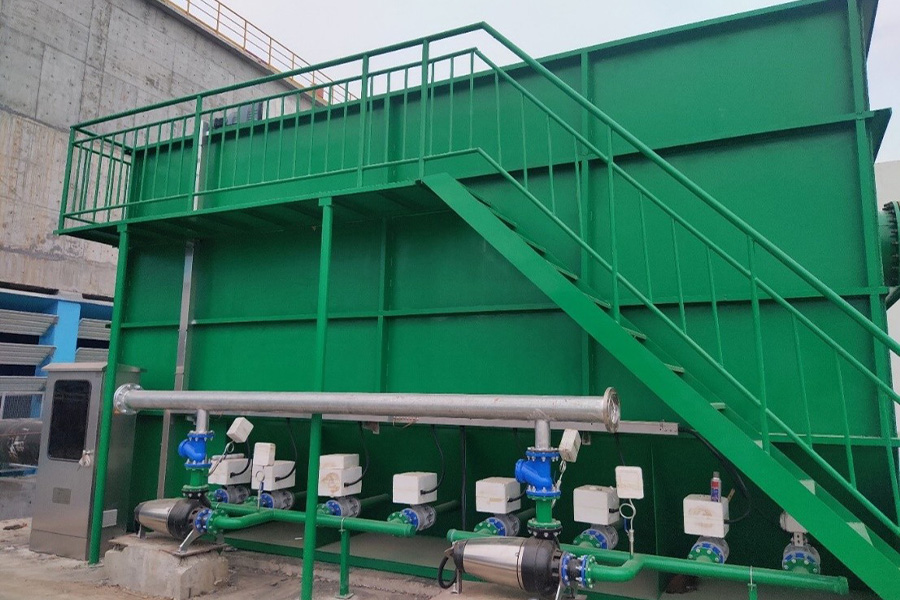When it comes to heating our homes, the choice of firewood can significantly impact both efficiency and comfort. While many factors contribute to the heat output of wood, understanding which species produce the most heat is crucial for anyone looking to maximize their fire's efficiency. This article delves into the science of wood combustion, examining the characteristics of various wood types and identifying those that put off the most heat.
The Science of Wood Heat Output
The heat output of wood is primarily measured in British Thermal Units (BTUs), which quantify the amount of energy released during combustion. Several factors influence the BTU content of wood, including its density, moisture content, and species. Denser woods generally contain more energy per volume, leading to higher heat output. Additionally, seasoned wood—wood that has been dried to reduce moisture content—burns more efficiently, producing more heat and less smoke.
Top Wood Species for Maximum Heat Output
- Oak: Often regarded as one of the best firewoods, oak is a dense hardwood that can produce between 24 to 30 million BTUs per cord. Its slow-burning nature means it provides a long-lasting heat source, making it a favorite among seasoned wood burners. Red oak and white oak are both excellent choices, with white oak typically offering slightly higher heat output due to its density.
- Hickory: Known for its exceptional heat output, hickory can generate around 27 million BTUs per cord. This wood is not only prized for its heating capabilities but also for its unique flavor when used for smoking meats. Hickory burns hot and long, making it ideal for both heating and cooking.
- Maple: Sugar maple, in particular, is a fantastic choice for heating. It produces approximately 24 million BTUs per cord and burns cleanly with a pleasant aroma. Its density and high energy content make it a reliable option for those looking to maximize their heat output.
- Beech: Beech wood is another dense hardwood that can produce around 25 million BTUs per cord. It burns evenly and produces a steady heat, making it an excellent choice for long winter nights. Additionally, beech wood has a low moisture content when properly seasoned, enhancing its burning efficiency.
- Birch: While not as dense as oak or hickory, birch still offers a respectable heat output of about 20 million BTUs per cord. Its quick ignition and bright flame make it a popular choice for kindling and mixing with denser woods to enhance overall heat production.
Factors Affecting Heat Output
While species is a significant factor in determining heat output, several other elements can influence the efficiency of wood burning:
- Moisture Content: Freshly cut wood can contain up to 50% moisture, which drastically reduces its heat output. Seasoning wood for at least six months to a year is essential to achieve optimal burning conditions.
- Wood Size and Splitting: Smaller pieces of wood ignite faster and burn more completely, leading to higher heat output. Splitting wood into smaller logs increases surface area, allowing for better airflow and combustion.
- Burning Technique: The method of stacking and arranging wood in a fireplace or stove can also affect heat output. Ensuring proper airflow and avoiding overcrowding can lead to more efficient burning.
Conclusion
Choosing the right type of wood is vital for maximizing heat output and ensuring an efficient burn. Hardwoods like oak, hickory, maple, beech, and birch stand out as the top contenders for producing the most heat. However, it is essential to consider factors such as moisture content, wood size, and burning techniques to optimize your wood-burning experience. By understanding these elements, you can enjoy a warm, cozy home while making the most of your firewood investment.



